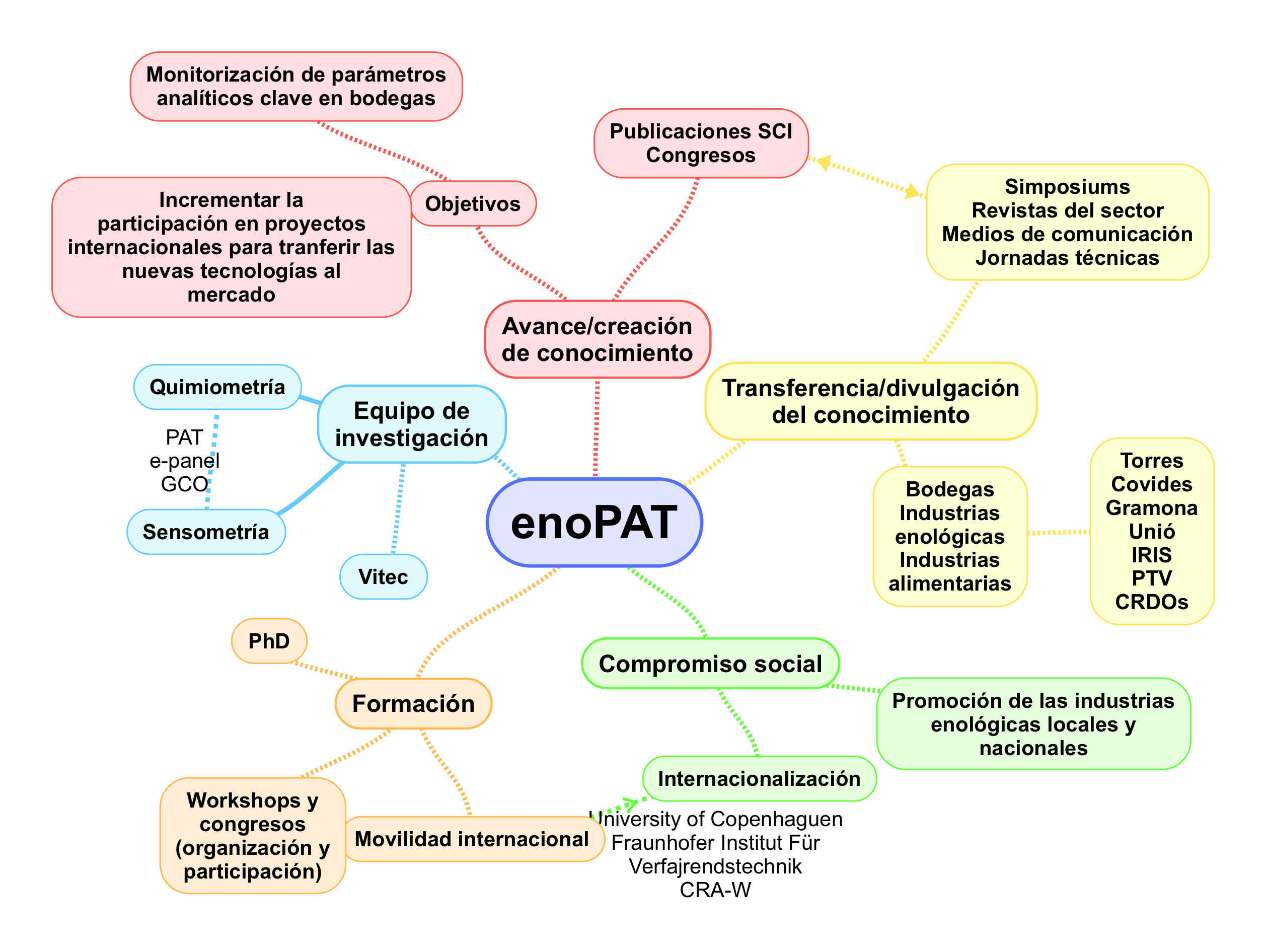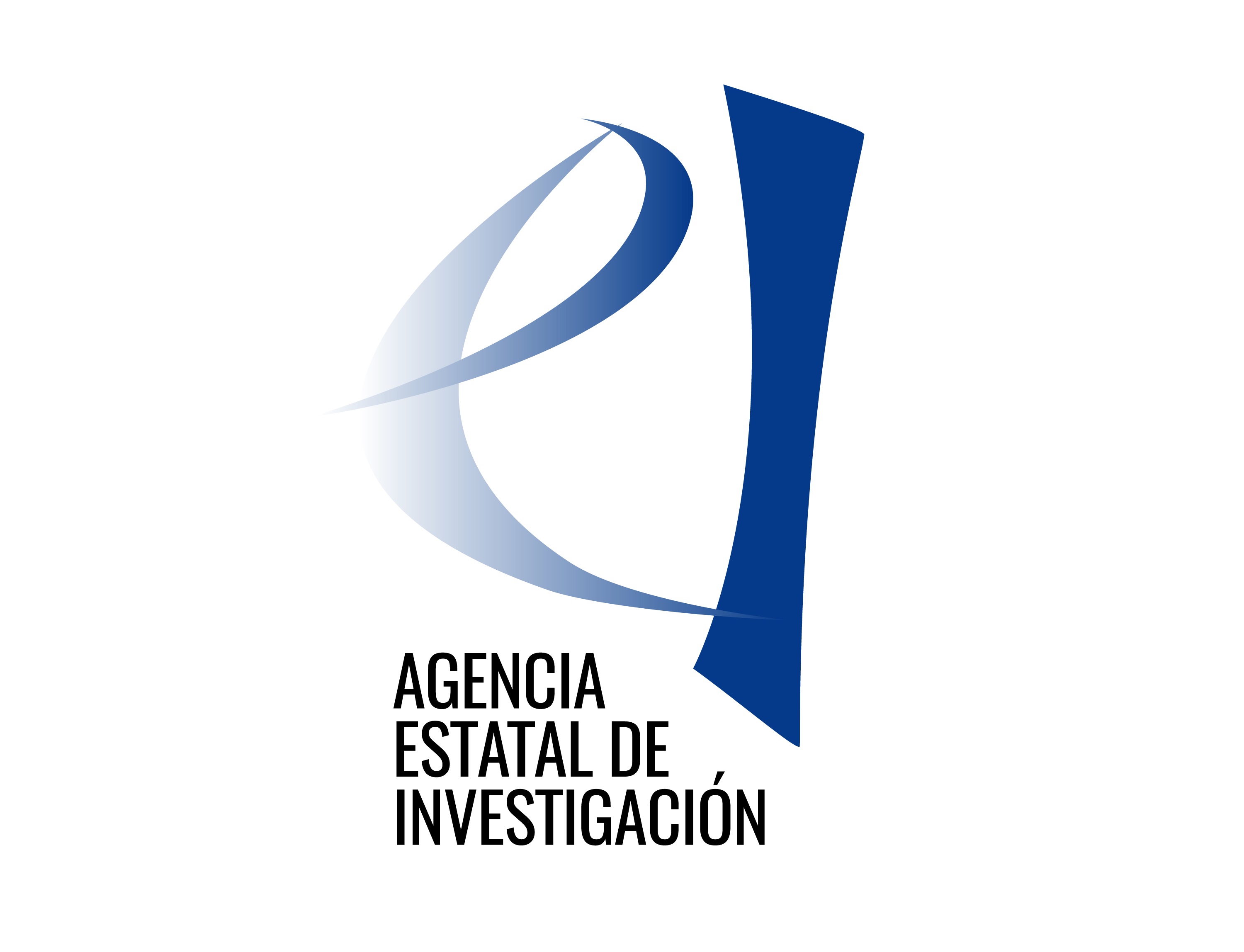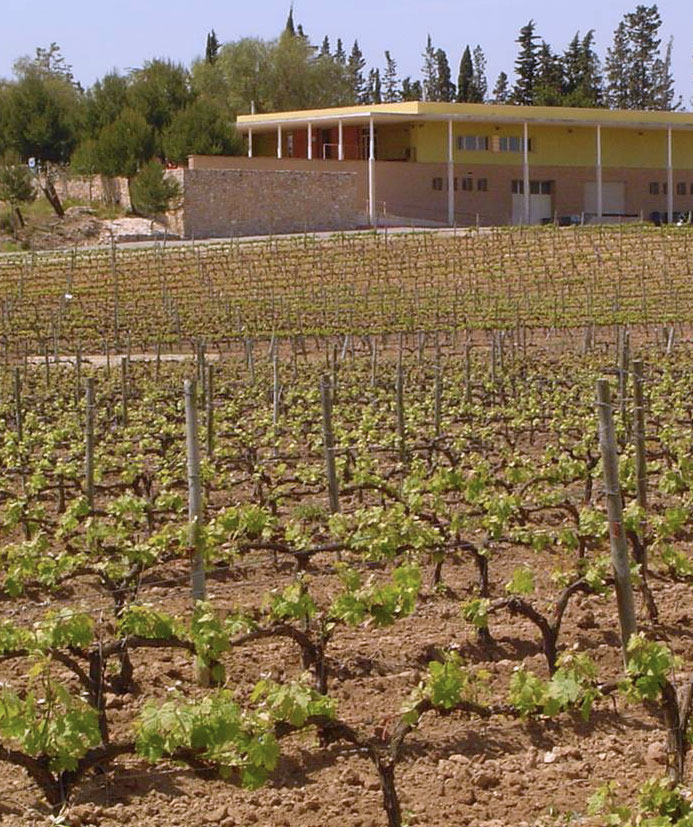AGL2015-70106-R
In order to guarantee and improve the quality of their products and gain competitive advantage, producers are increasingly demanding better raw materials, improved production processes and optimal storage conditions. The interest is most noticeable when certain sensory properties significantly increase the value of the product. This is the situation of wine.
Despite the potential economic implications, some wine production processes still rely on traditional knowledge and the subjective judgement of the production "expert", using standard recipes, finished product controls and analysis in external laboratories. Although this approach has been able to provide consistent quality for years, improving sensory properties and maintaining them over a longer storage time requires more knowledge and better control of the production process. This can be achieved by bringing the latest analytical technologies at harvesting, processing and storage processes, all the way to consumption.
Process Analytical Technologies (PAT) is a system to design, analyse and control production through timely measurements of critical quality attributes of raw materials and intermediate products, as well as every process step, to ensure the quality of the final product. The assumption behind PAT is that product quality can be incorporated at the process design stage and not rely on quality controls of the finished product. Improvements in instrumental analysis techniques and multivariate data analysis methods have enabled industries to bring analysis closer to the process, from off-line and at-line measurements to on-line and in-line analysis, thus paving the way for the introduction of PAT. The potential impact of PAT in the food sector (and wine in particular) in product quality and safety, process, resource efficiency, and yields; and thus competitiveness is enormous.

Following this industrial trend, this project has aimed to develop analytical tools for the monitoring in situ key parameters of wine production, with the aim of gaining a better understanding of the process, guaranteeing final quality and minimising the cost of the production process. The monitoring and assurance of wine quality has been carried out at three different levels:
- Raw material (Grape) along rippening
- Production processes (Alcoholic Fermentation)
- Final product
The obtained data using the analytical techniques have been related to the chemical and sensory properties of the final product using chemometric tools. The work has involved three harvesting campaigns in which the data collected have been correlated with different quality parameters of the final product, established thanks to the use of reference methods and tasting panels.




